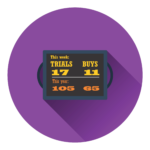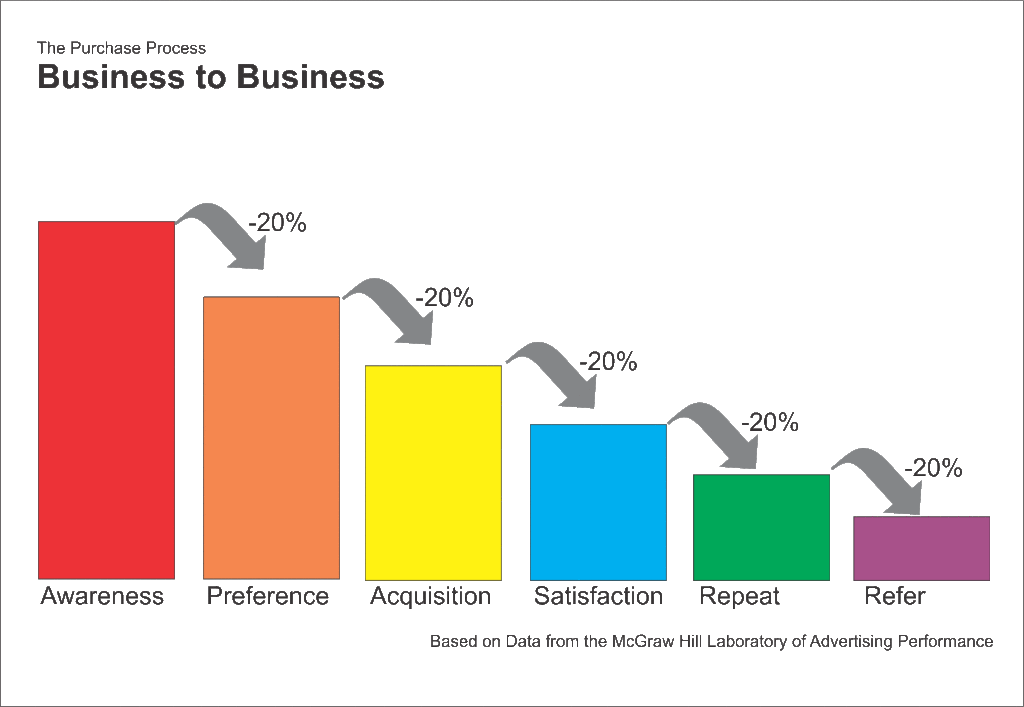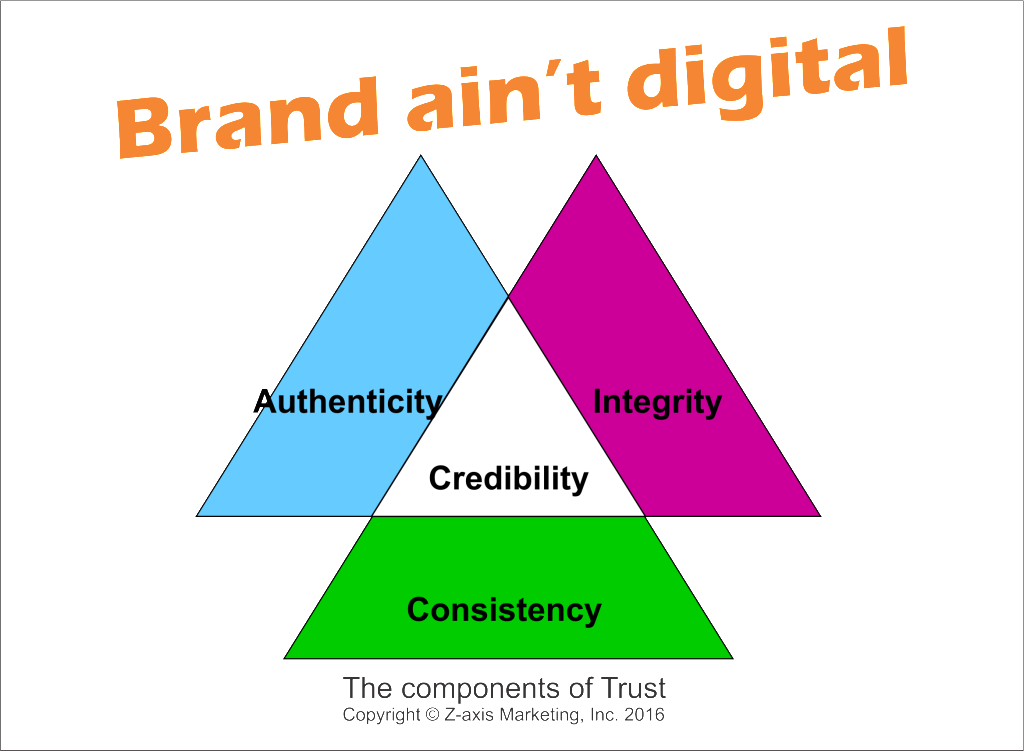How to Build a Killer Brand
 It has been one of those months this week.
It has been one of those months this week.
Planning. Candid conversations. Decisions to hire and fire. Web site assumptions and dialogues. Quality constraints and requirements. Analytics that spiral positive and those that went down in flames.
Brands suffer the impact because brand building is really not for innocents. Either you really understand marketing or you don’t.
Taking careful aim is at the heart of killer brand development.
What not to do.
Here are some mistakes I witnessed this week:
- Put a group of strangers in a room, brief them and expect them to walk out as a functioning collaborative team.
- Drop the ball on a project because of bad digital filing habits.
- Give a web developer 6 chances to respond to basic direction before deciding to fire him.
- Consider video approaches without looking at cost as part of the equation.
- Become ecstatic over an increased click through rate that didn’t generate sales.
The Killer Solution
Experience over the last 50 years tells me that to build a brand that captures hearts and minds successfully you have to understand how marketing professionals work in teams and their expectations of management. Clarity is what will make you successful.
Be perfectly clear that :
- The owner/founder/CEO/President—the leader of any small firm owns the brand. Her or his understanding of the Vision, Mission, Position and Value Proposition is what will be applied to all organization communications.
- Direction on any major project should be in writing and agreed to in advance. The directional document should be the reference point for approvals. Staff can provide additional information but is encouraged to do it before any work is done. If there is concern over the materials delivered the reference point is the direction.
- A digital “paper trail” needs to be kept and used as the reference when anything goes sideways (as well as a way to assure continuing process improvement). With small clients I had eliminated my Action Reports on all meetings. I’m reversing that decision.
- Budget, Quality and Outcome are interrelated. There are significant differences in delivery of digital capabilities, video production, and all communication vehicles based on what a firm is willing to pay, the level of excellence of the work and what the expectations of the item are. Too often, even though we have much better visibility of analytics the end results are not the key factor in evaluating marketing efforts.
- Business Development objectives are the real measurements. Everything done in marketing needs to acknowledge contribution to the target numbers. Be as concrete as possible. For instance:
- Optimize web site to make it as easy as possible for visitors to self-select the action which will give you a way to connect with them over the time to build a relationship leading to a “sale.” Track all actions. Track actual “sales” to determine the apparent customer journey.
- Direct Social Media activities to continually tested landing pages that capture data to build relationships over time. Track actions by landing page. Track “sales” as with web site. Review results and test all contact activities to find the ones that lead to “Sales.”
- Build better ongoing relationships with customers by monitoring opens, comments and direct contacts due to blog and newsletter postings. Modify content to take advantage of proven highest interest. Keep tracking.
- Test automated sequences in support of direct sales staff. Monitor results.
 Post status versus your corporate goals on a scoreboard visible to all members of the firm.
Post status versus your corporate goals on a scoreboard visible to all members of the firm.
Weekly results usually work best. Keep it simple: New info sign ups, New trials, New customers/clients.
Those few items will keep everyone in the game.
 Jerry Fletcher is a beBee ambassador, founder and Grand Poobah of www.BrandBrainTrust.com
Jerry Fletcher is a beBee ambassador, founder and Grand Poobah of www.BrandBrainTrust.com
His consulting practice, founded in 1990, is known for Trust-based Brand development, Positioning and business development on and off-line. He is also a sought-after International Speaker.
Consulting: www.JerryFletcher.com
Speaking: www.NetworkingNinja.com
Get all the Brand Success Stories. Sign up at http://www.brandbraintrust.com/home.html










